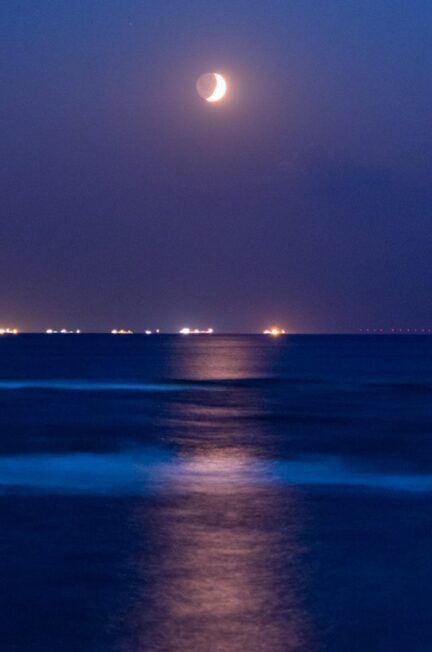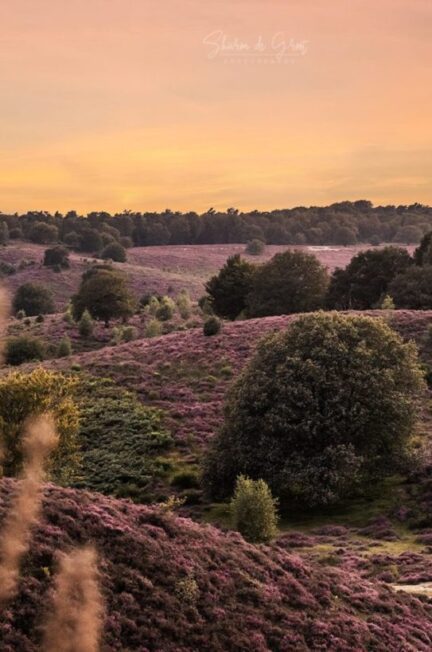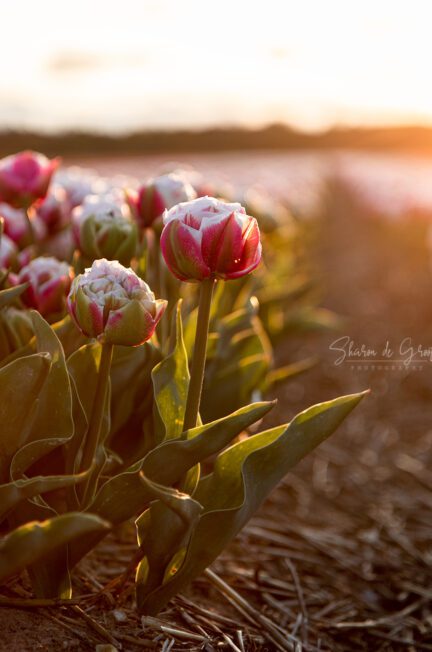When you think of this magical blue glow in the sea, you would probably think of a tropical island somewhere far away rather than the gloomy Netherlands or UK. But, I’ve got good news for you! You don’t have to go far away to experience this magical happening because it happens right here in Europe as well. So if you’re spending your summer in Europe near a beach, make sure you head to the beach at night at least once.
But what is it?
The phenomenon we’re talking about is known as ‘Sea Sparkle.’ It might look like magic, but it’s actually a natural phenomenon caused by a unicellular algae species that multiply rapidly once the temperatures rise. Once disturbed by movement they light up. This process is called ‘Bioluminescence’. It’s when energy is converted into light rather than heat. Usually, this light is a bright blue, but it could also be purple, red, green or orange.
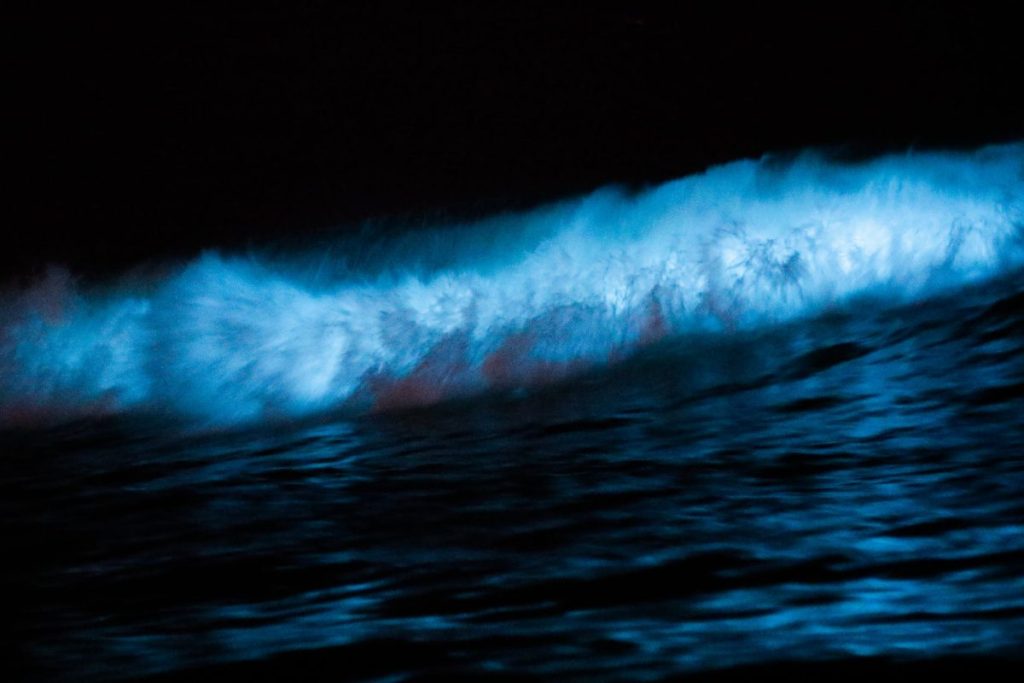
Perfect Conditions
So what circumstances are necessary for you to witness this phenomenon?
- Saltwater. You need a body of salt water. In the Netherlands particularly, Terschelling, Petten, Katwijk aan zee, and Westkapelle often have sea sparkle, but that doesn’t mean you can’t find it anywhere else, these places just seem to have it more often.
- A warm sea temperature. Because of the heat, the algae multiply, thus ideally the sea temperature is between 20 and 25 degrees Celsius. Your chances of seeing this will increase after a couple of consecutive tropical days.
- A calm sea. A rougher sea will not push the algae towards the coast, thus you won’t see it.
- It has to be dark. Like as dark as possible. Don’t search the coastline with your torch because you will simply not see it. Get your eyes used to the dark. It’s even better if there is no full moon because that equals light.
- Movement. Sometimes the waves crashing into the shore are enough to light up the algae, however, sometimes it needs a little help. Get in the water and splash around. The first time I witnessed sea sparkle a friend of mine stayed on the beach. She could not see anything at all, whilst another friend and I were splashing around in the illuminated water. We must have looked like crazy people.
Unfortunately, Sea Sparkle will never be fully predictable. It’s nature, and nature does what it wants whenever it wants. If you do happen to see a big, orange, haze in the sea during the day, chances are it might light up at night.
Disclaimer
Although it is perfectly safe to swim in the algae, it sometimes contains a lot of ammonia, which could cause skin irritation and respiratory infections. So rinse your skin with tap water afterwards and absolutely do not swallow it.
Another note of caution is to not go in too deep. You’re still in the sea and there could always be some dangerous currents. Especially in the dark, nobody will see you if something goes wrong. So stay safe!
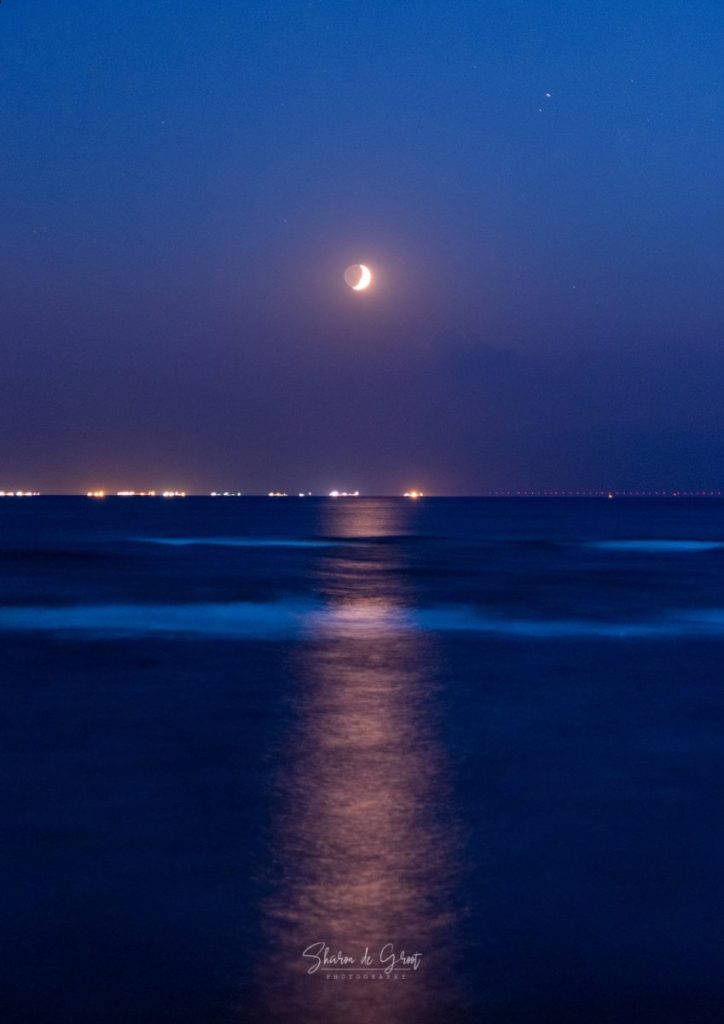
How to photograph it?
I still am figuring this out myself, but here are some tips that worked for me:
- Bring a tripod. It is dark. Your eyes will barely be able to see anything neither will your camera. Bring a tripod so that you can use a longer shutter speed. Don’t forget to turn off the motion reduction and turn on the shutter lag when using a tripod!
- Use a small aperture. This allows you to let in more light, meaning you can use a faster shutter speed. F. 1,4 or F 2,8 works best, but work with whatever you’ve got.
- Turn up the ISO. Use ISO 3200 or higher to capture more light.
It is definitely not going to be easy, so just try, and try, and try. Make sure you enjoy the moment though, memories are more important than some failed photos 😉
Have you ever seen this phenomenon?
Subscribe to our newsletter!

